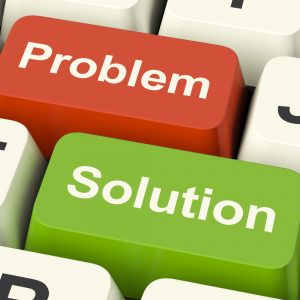I recently had to give bad news to a new client, the CEO of a successful global electronic hardware company. This CEO hired me earlier this year to help ensure that his company's upcoming innovations, which were the product of a several year turnaround program, were protected from competitive knock-offs. I have completed a couple of projects for the company to date, and he now wanted to discuss IP protection for a new product for the European market that would serve as a platform for later product spin-offs both there and in the US.

This new product incorporated a number of highly innovative features and almost certainly could generate broad patent








